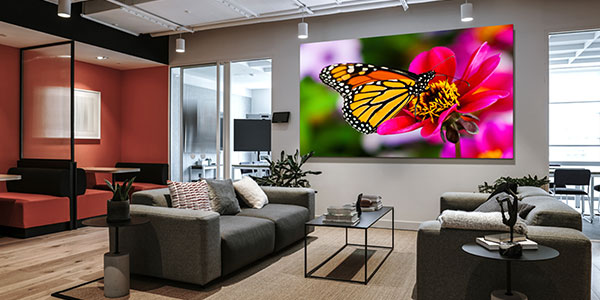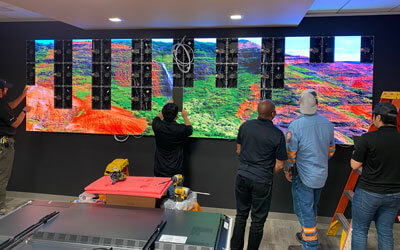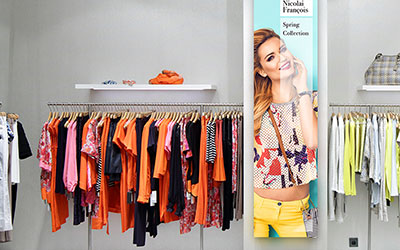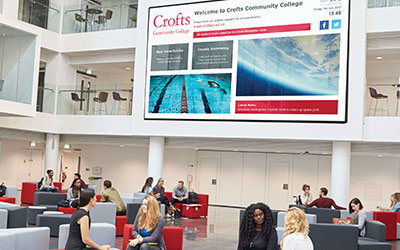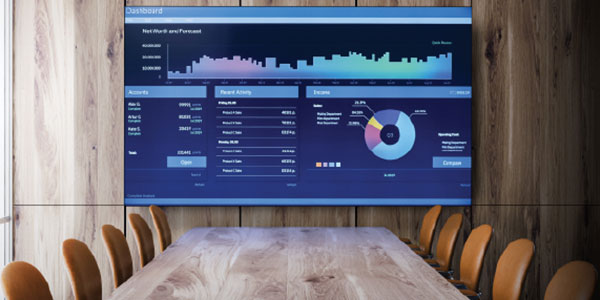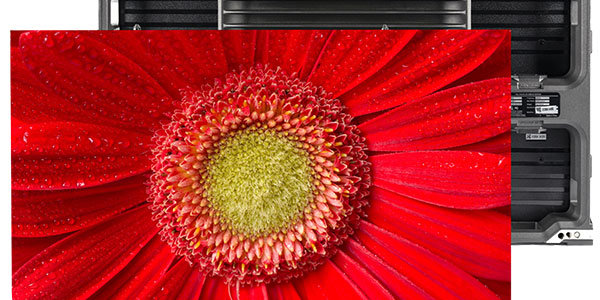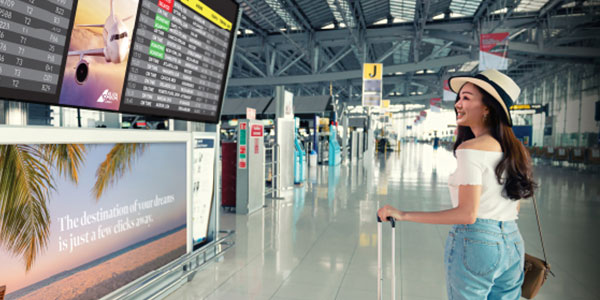Video walls come in several varieties.
LCD Video Walls
LCD (Liquid Crystal Display) video walls combine an array of panels with thin bezels into an environment and display good color accuracy in indoor settings. They can enhance the space in control rooms, conference rooms, retail stores and museums with their high-brightness displays.
LED Video Walls
LED (Light Emitting Diode) video walls use individual LED modules to create a bright and vibrant display. This seamless display is suitable for indoor and outdoor venues as they are capable of withstanding harsh environmental conditions. Their slim design and high brightness can compete with direct sunlight and give a dynamic experience for the viewers. The viewing distance can be determined by choosing a pixel pitch that meets the intended application and location. Sports stadiums and digital billboards are outdoor applications of an LED Video Wall.
Direct-View LED Video Walls
The Direct-View LED video walls are similar to LED video walls but with narrower bezels. These LED walls offer vibrant colors, high resolution, and fine pixel pitch to create incredible image quality to showcase the content and captivate an audience. These LED video walls are often seen in broadcast studios, luxury retail stores and high-profile corporate environments and in rooms with high brightness, you will not lose any of the color quality. Narrow-pitch LED video walls are being widely adopted by digital signage solution providers, integrators and media companies alike.

